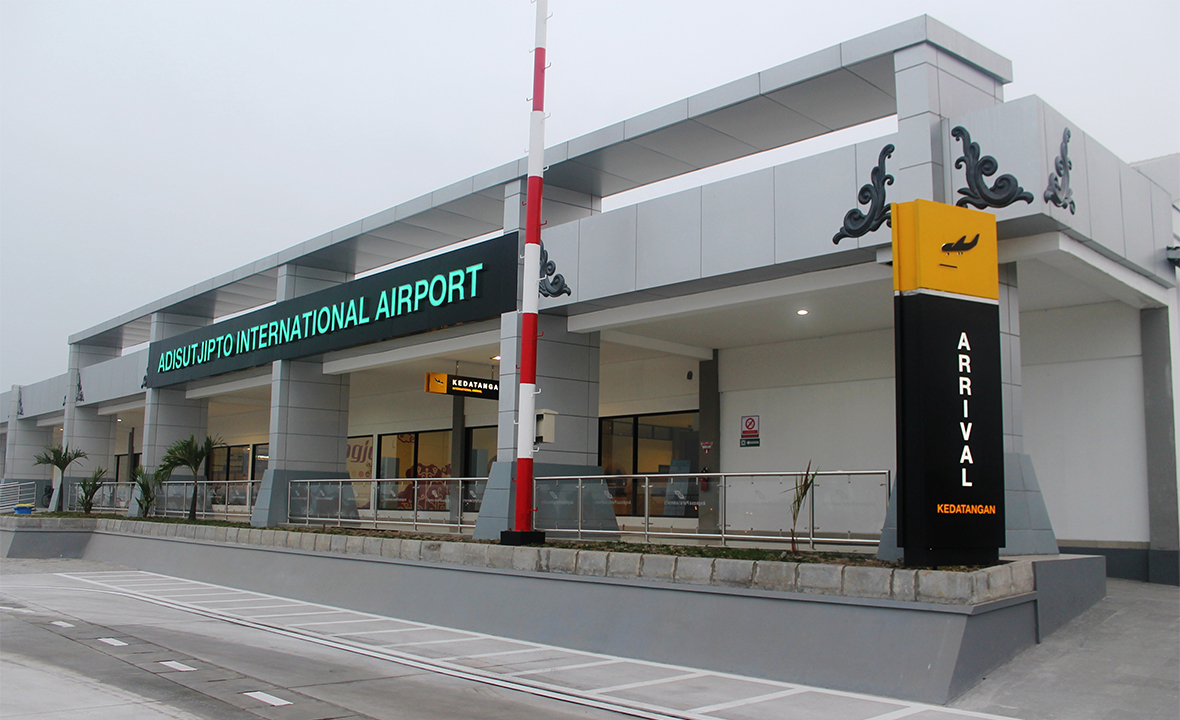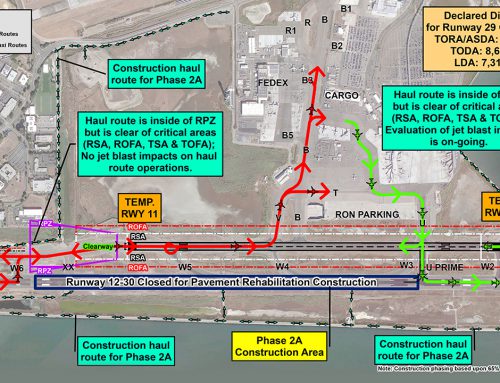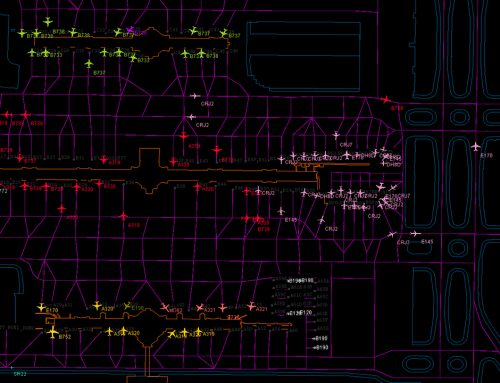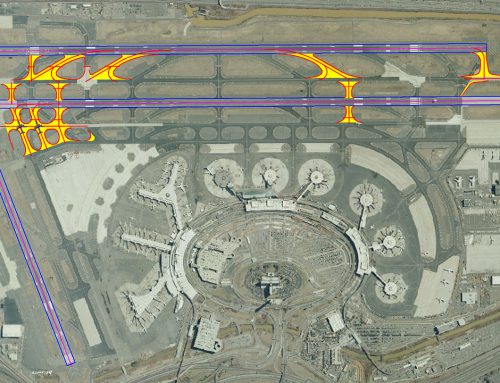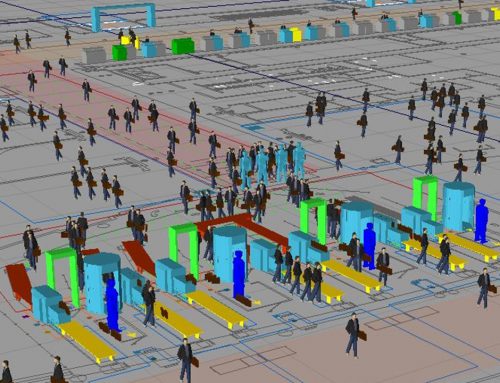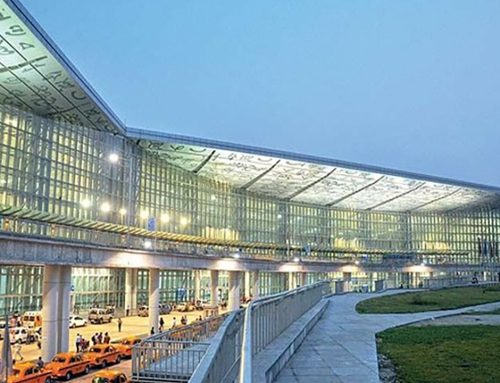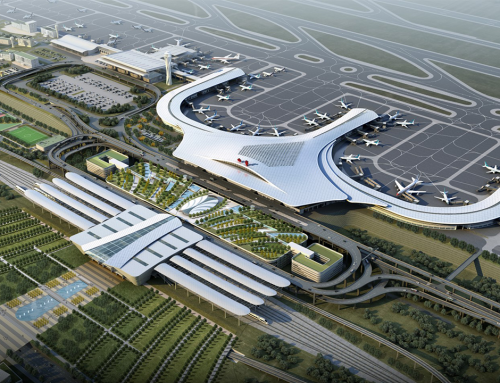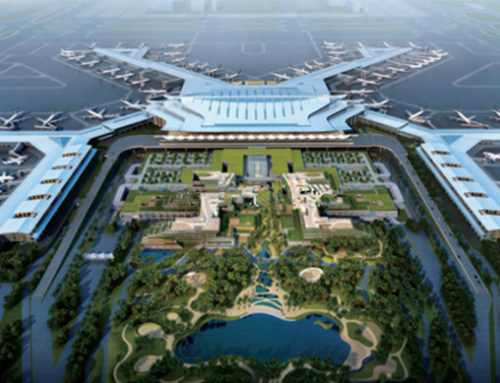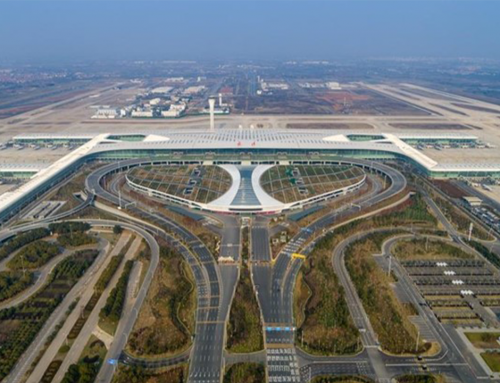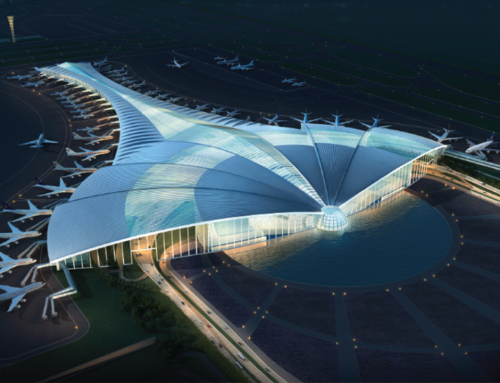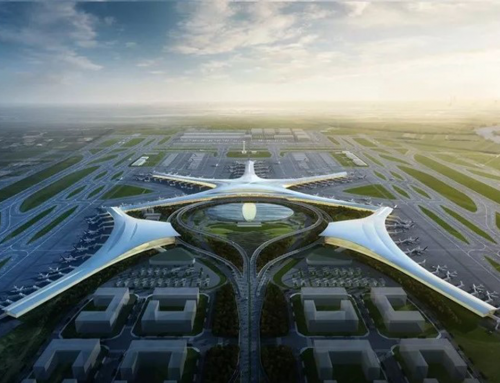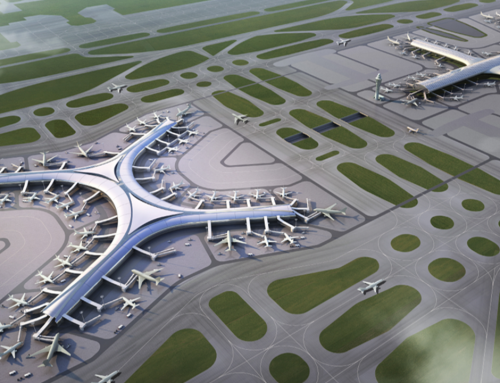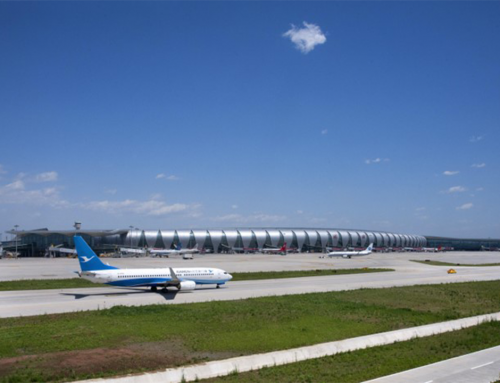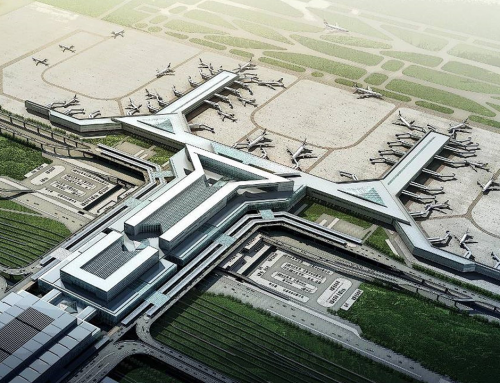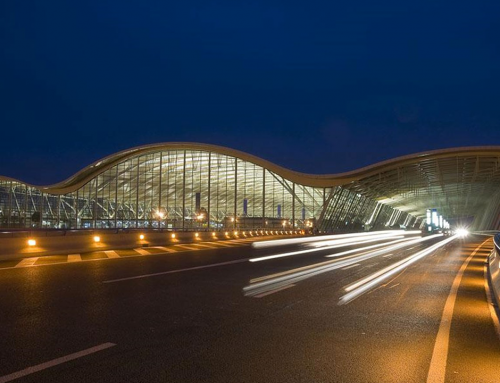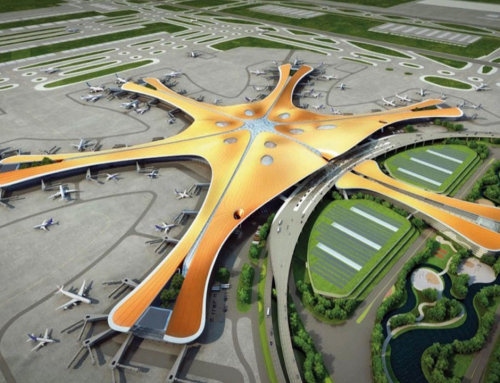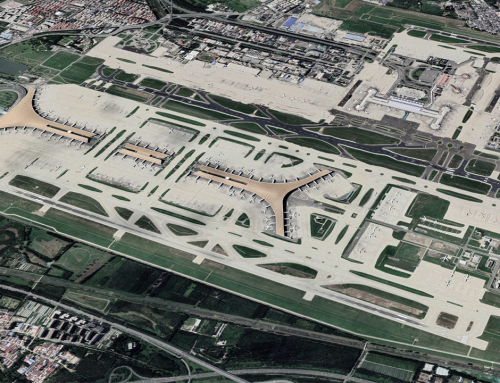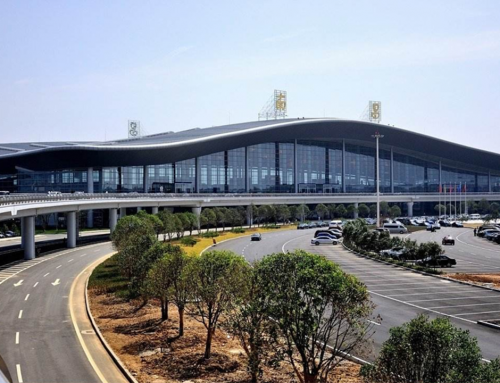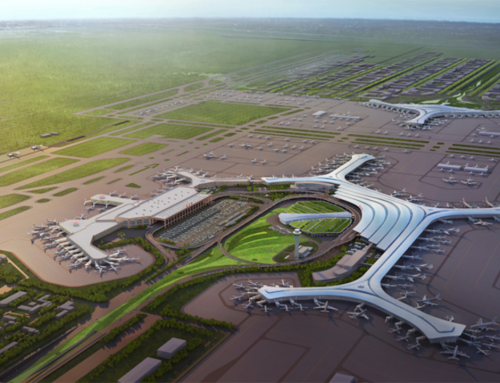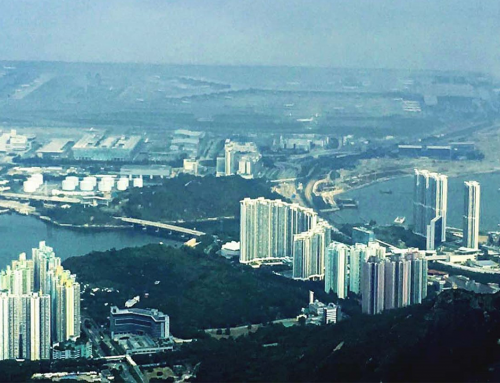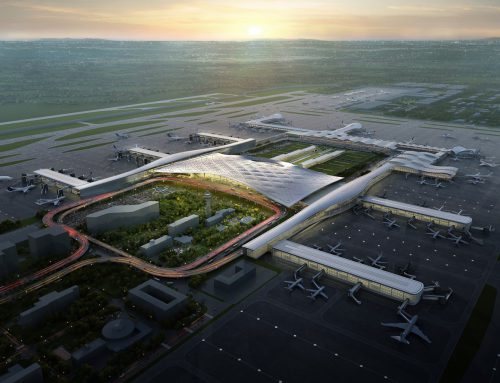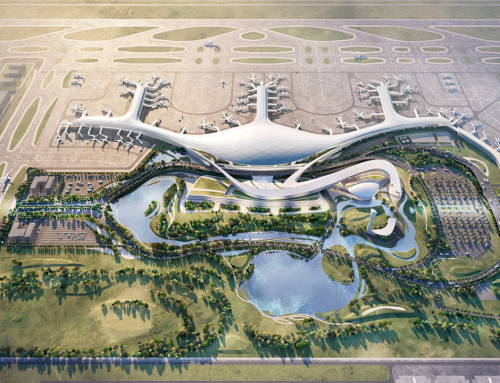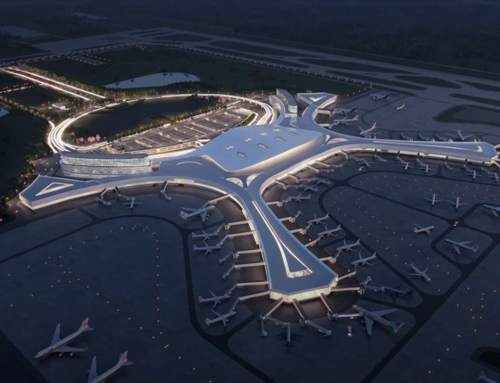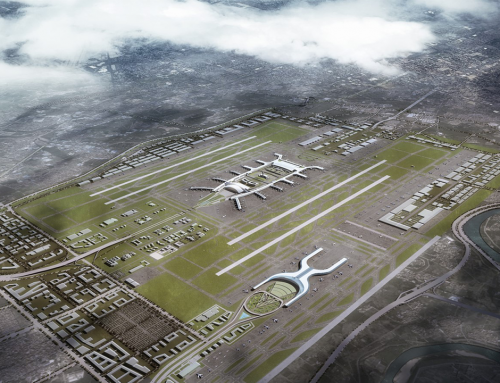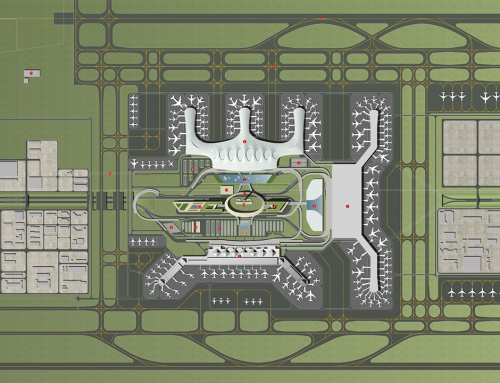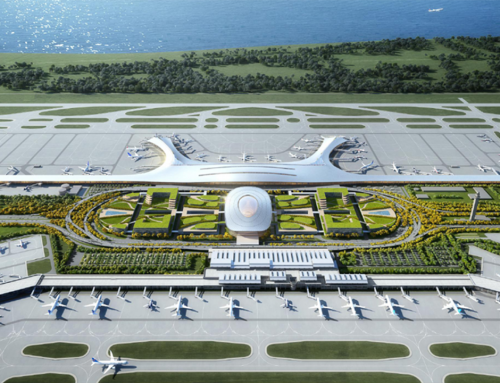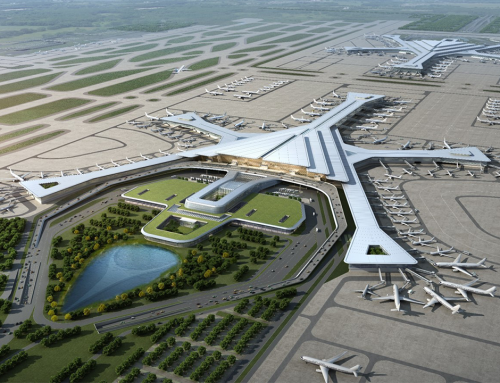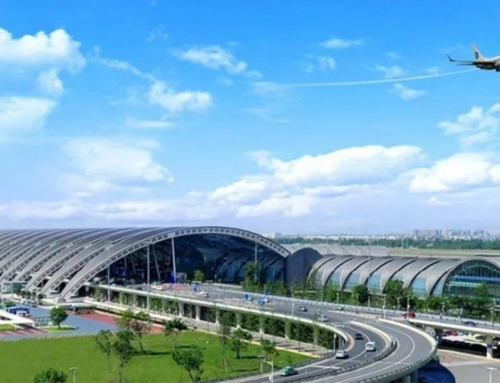Project Description
New Yogyakarta International Airport
Client: Angkasa Pura I
L&B in collaboration with Indonesian Universitas Gadjah Mada (UGM), undertook a detailed airport site selection, feasibility study and airport master plan study for a new green-field replacement airport in Yogyakarta. Due to development limitations of the existing Yogyakarta’s Adisutjipto Airport (JOG) , the site selection study considered potential new airport sites across the region and evaluated their suitability and feasibility in a detailed two stage selection process.
With the city’s growing tourism and economic potential, the development of a new Yogyakarta international airport remained a high priority project. Thus, the new airport is expected to provide air transport capacity to support local economic growth whilst balancing the regional and national airports system.
The new airport was planned to serve the rapidly increasing passenger growth of 25 million by 2046 from the current 7.2 million passengers in 2016.
The feasibility study concluded that the most suitable location for a greenfield airport was at Temon region within Yogyakarta and the outcome of the master plan study resulted in the approval of the Location Permit for New Yogyakarta airport. One of the post objective of the study is to facilitate the land allocation by the local government at the selected site location.
By the end of 2017, land acquisition of the airport site will near completion , and to accommodate the significant increase in the passenger traffic demand, L&B in collaboration with UGM was reappointed to carry out the review of the previous Master Plan study.
L&B focused on an efficient runway layout with associated dual parallel taxiway system, which not only considers convenient and comfortable passenger service, but also the provision of Multi Aircraft Ramp System (MARS) stands for an efficient airfield operation.
A dual-loaded linear terminal concept to meet with the minimum walking distances is proposed, adhering to the best of commercial planning principles aimed at encouraging passengers to dwell more within the commercial zone. The study results and integrated airport plan is submitted to The Directorate General of Civil Aviation (DGCA) for the Airport Permit approval, to be able to commence the construction at the selected site with airport opening date by 2020.
